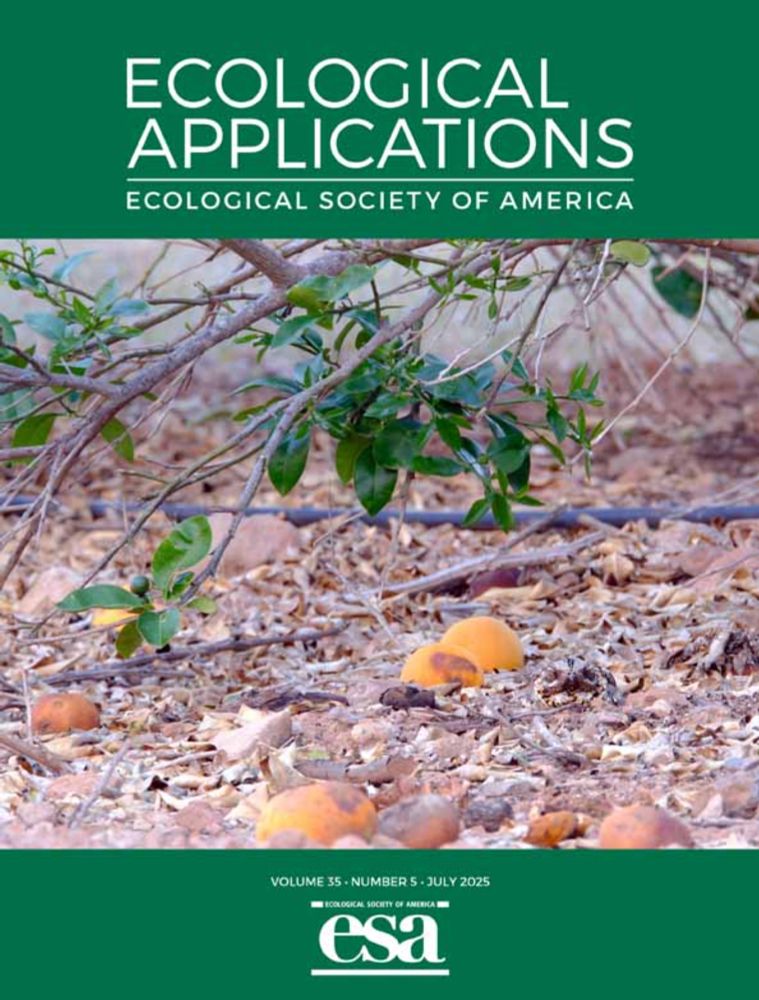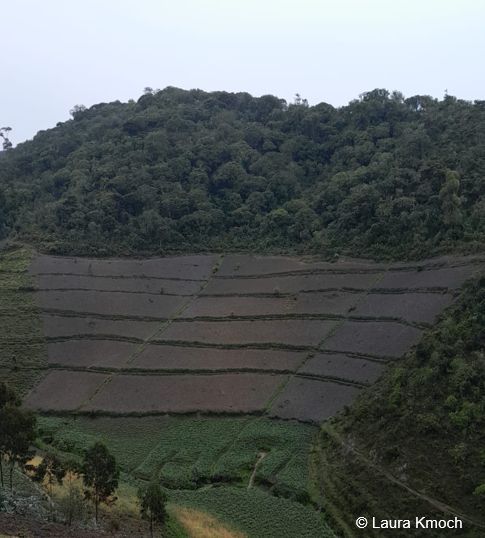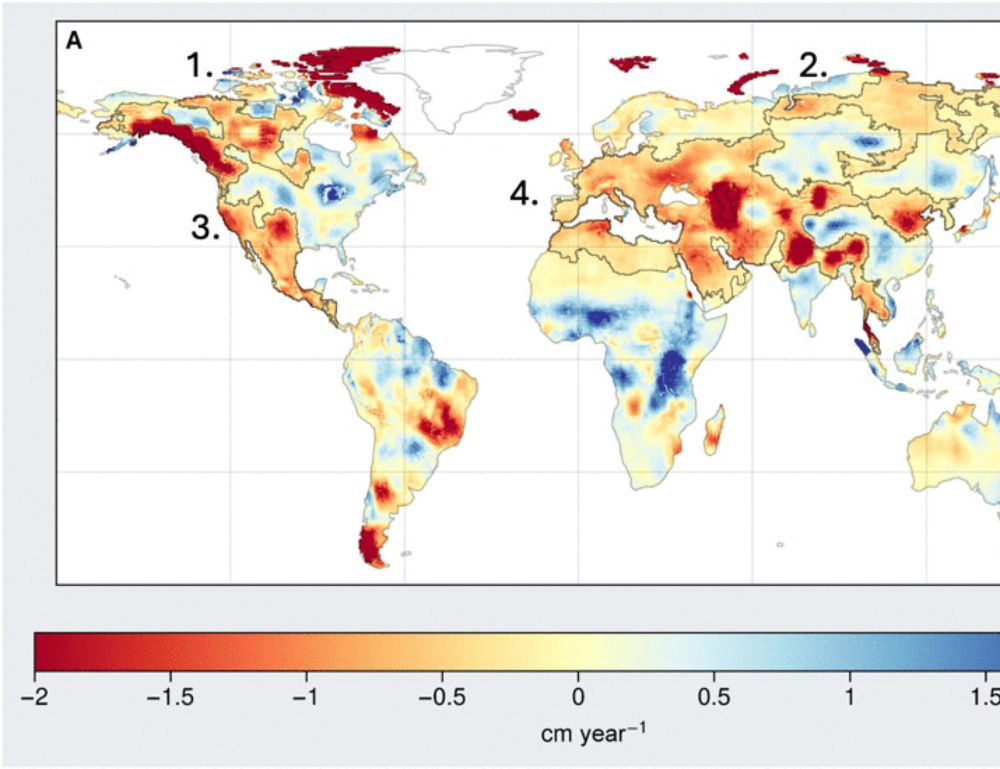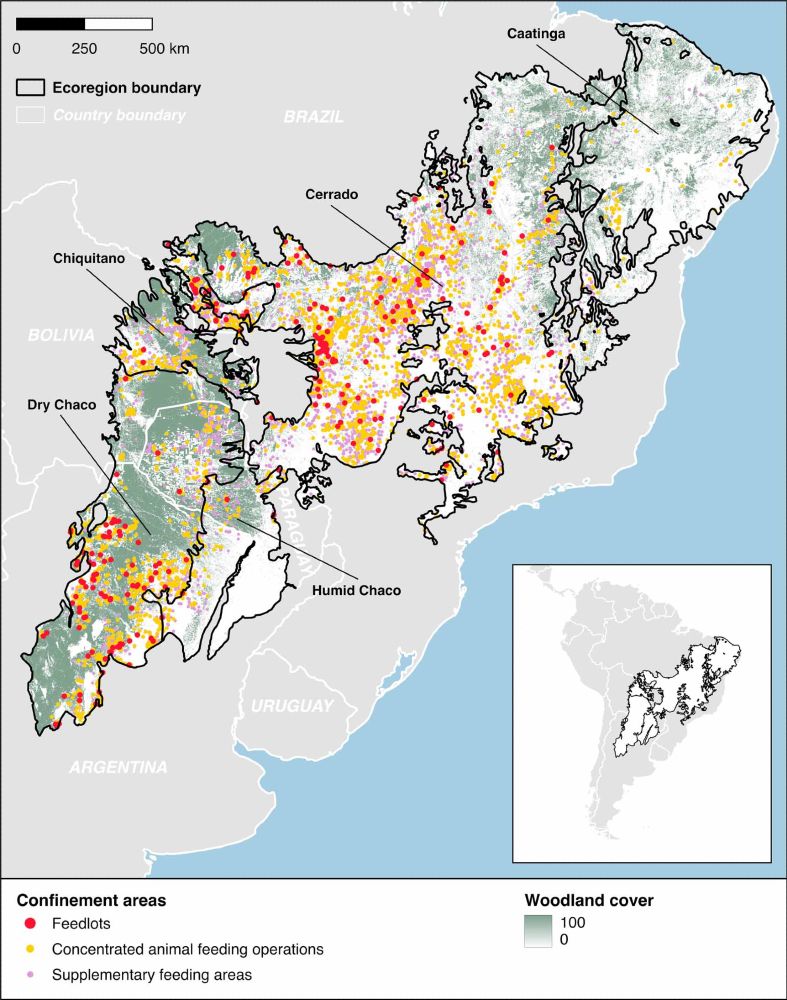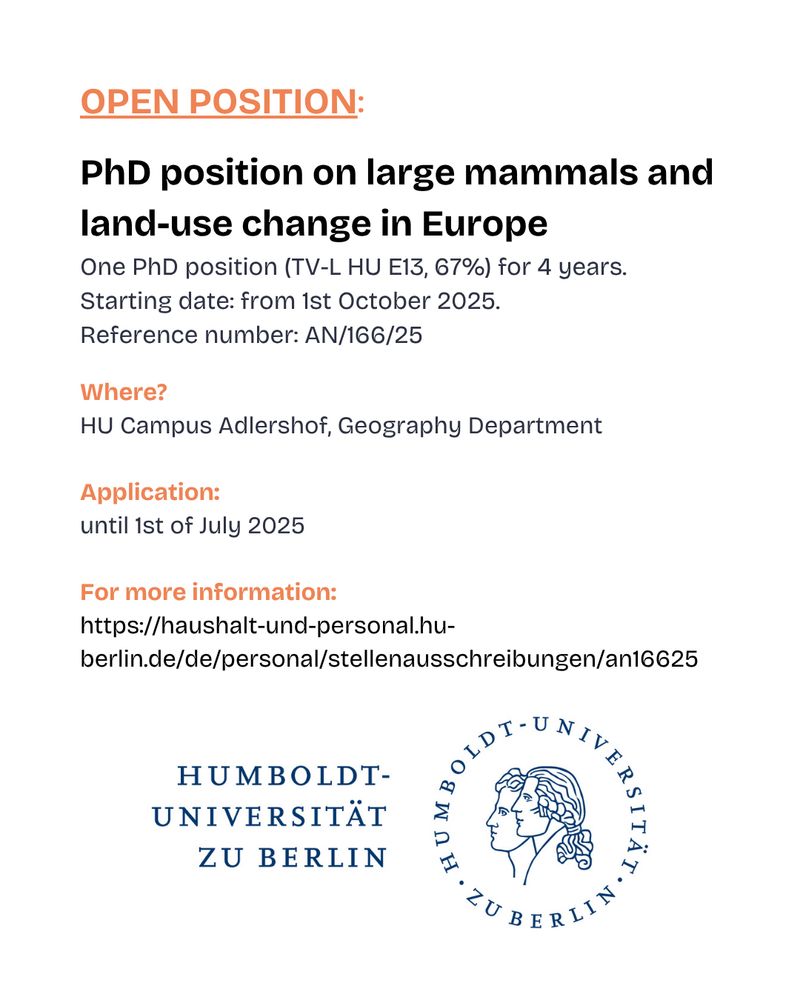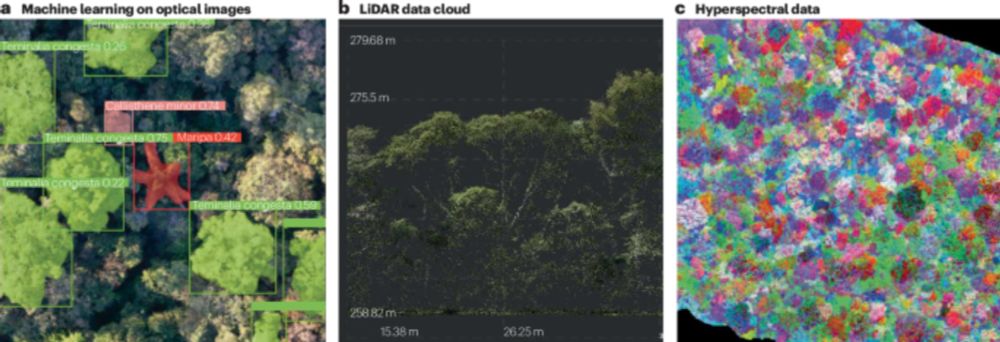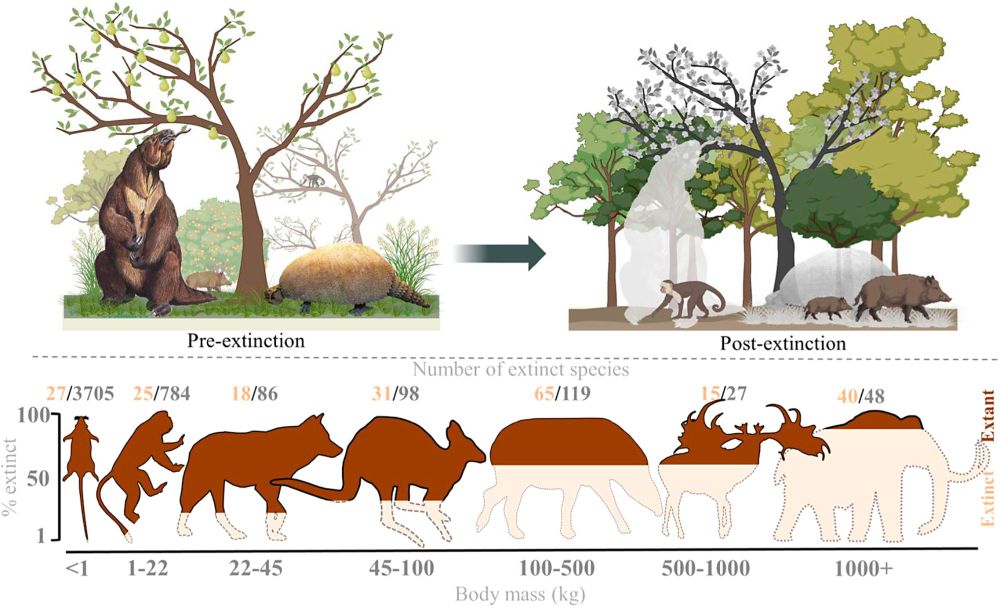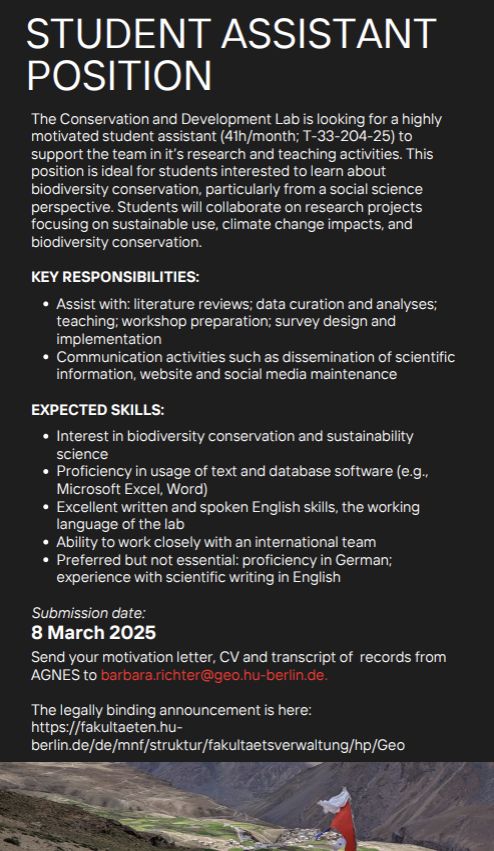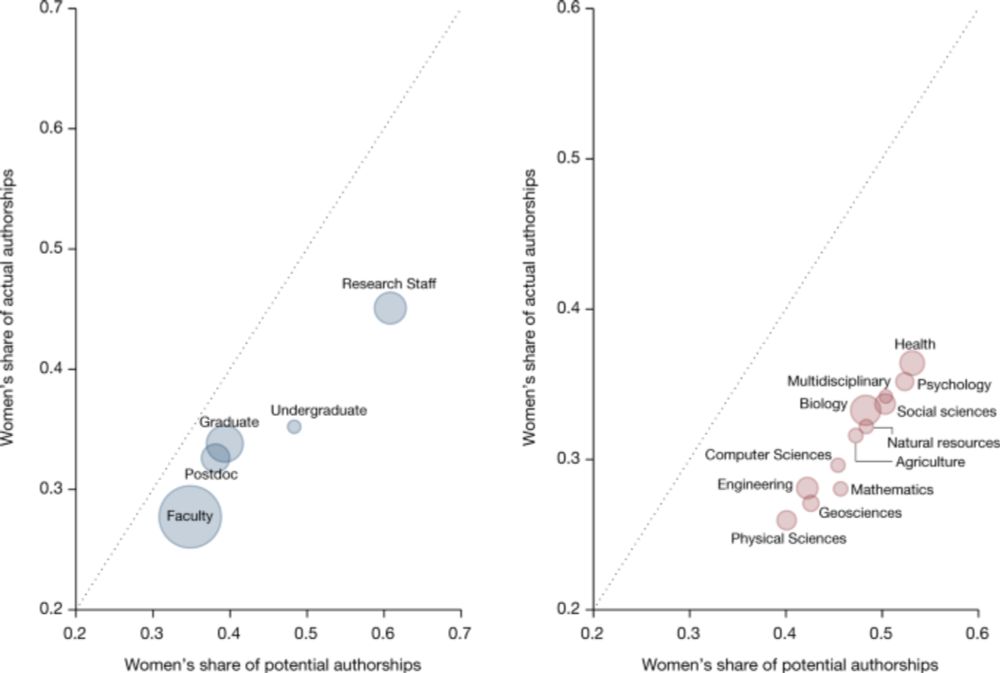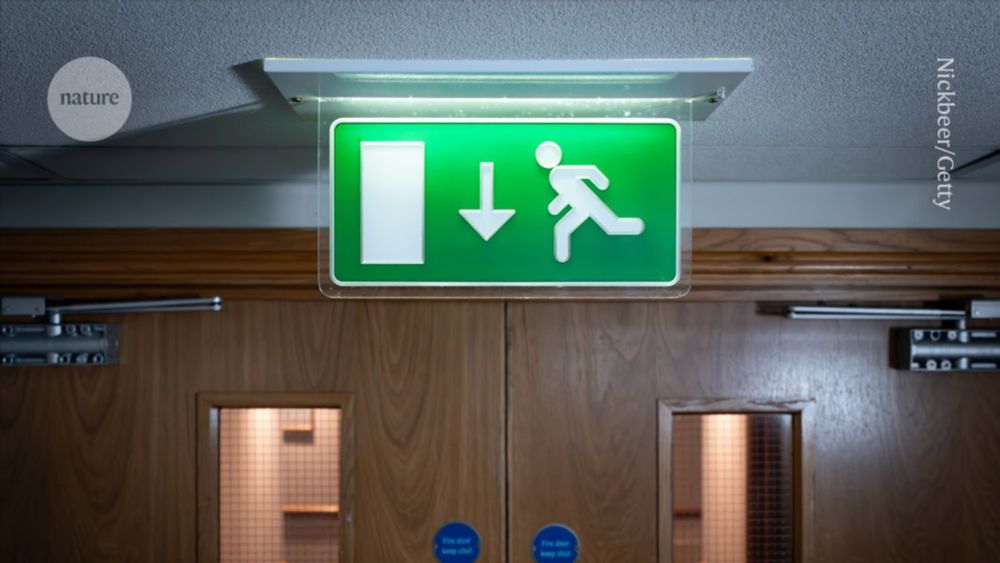Tamanna Kalam
@tamannakalam.bsky.social
150 followers
260 following
5 posts
Doctoral Researcher @biogeoberlin.bsky.social
Research interests: Human-wildlife conflict (patterns, intensity and determinants) and its effects on humans and wildlife.
Posts
Media
Videos
Starter Packs
Reposted by Tamanna Kalam
Reposted by Tamanna Kalam
Forrest Fleischman
@forrestf.bsky.social
· Jul 22
Reposted by Tamanna Kalam
Reposted by Tamanna Kalam
Reposted by Tamanna Kalam
Reposted by Tamanna Kalam
Reposted by Tamanna Kalam
Reposted by Tamanna Kalam
Reposted by Tamanna Kalam
Reposted by Tamanna Kalam
Reposted by Tamanna Kalam
Reposted by Tamanna Kalam
Corey Bradshaw
@conservbytes.bsky.social
· Feb 15

Global biodiversity loss from outsourced deforestation - Nature
An analysis of global deforestation linked to consumption of products in the supply chains of large economies finds greater losses for vertebrate species’ ranges outside these countries than in them.
doi.org
Reposted by Tamanna Kalam
Reposted by Tamanna Kalam
Reposted by Tamanna Kalam

